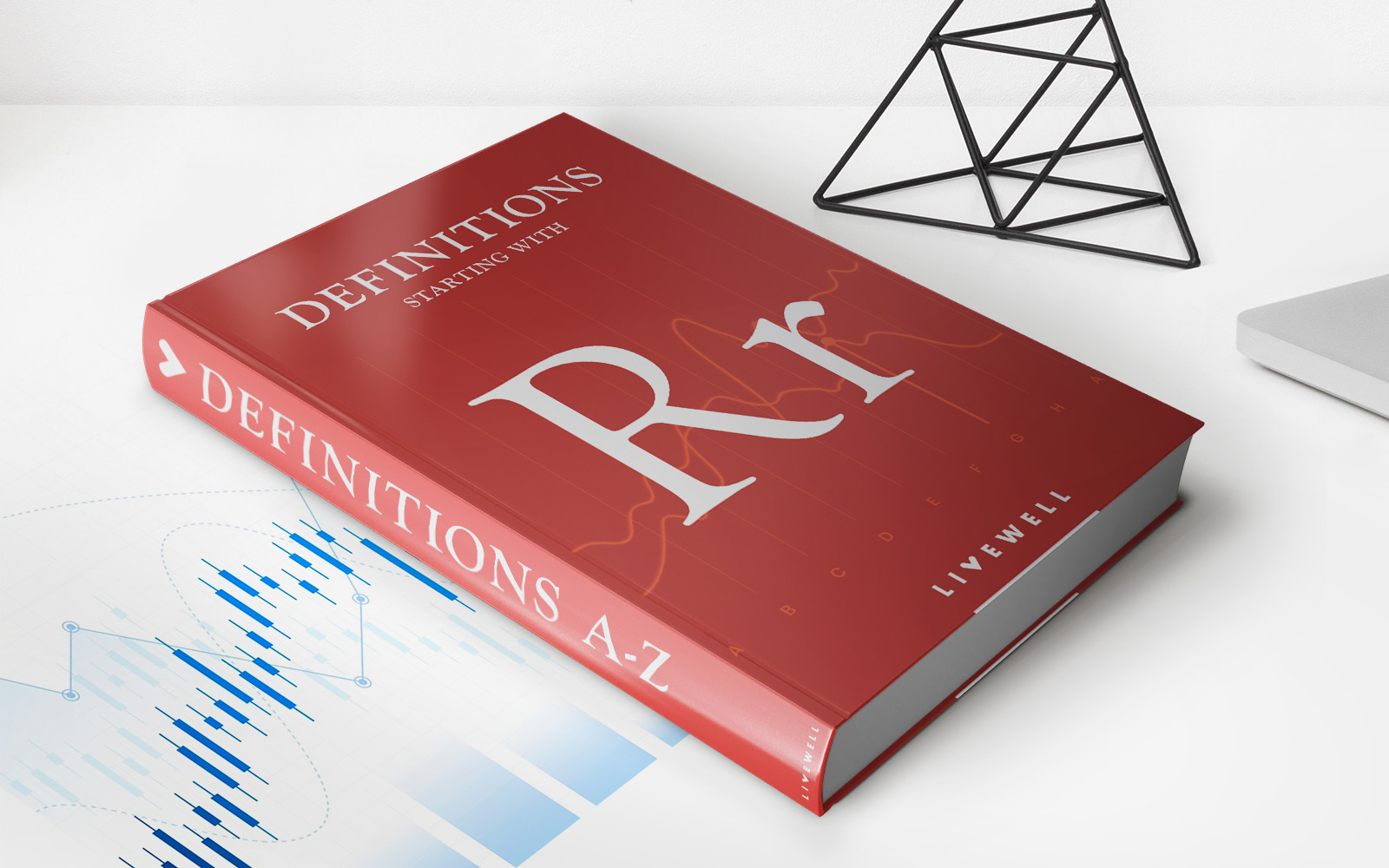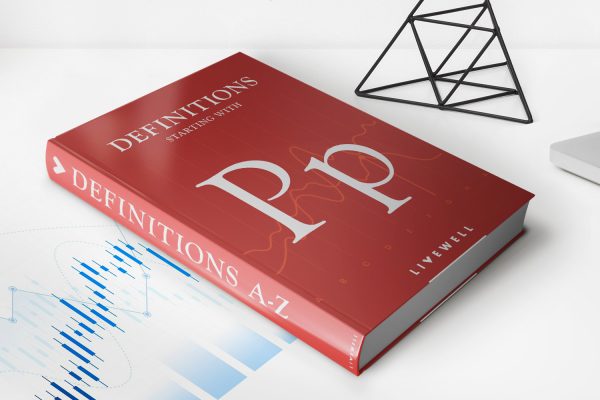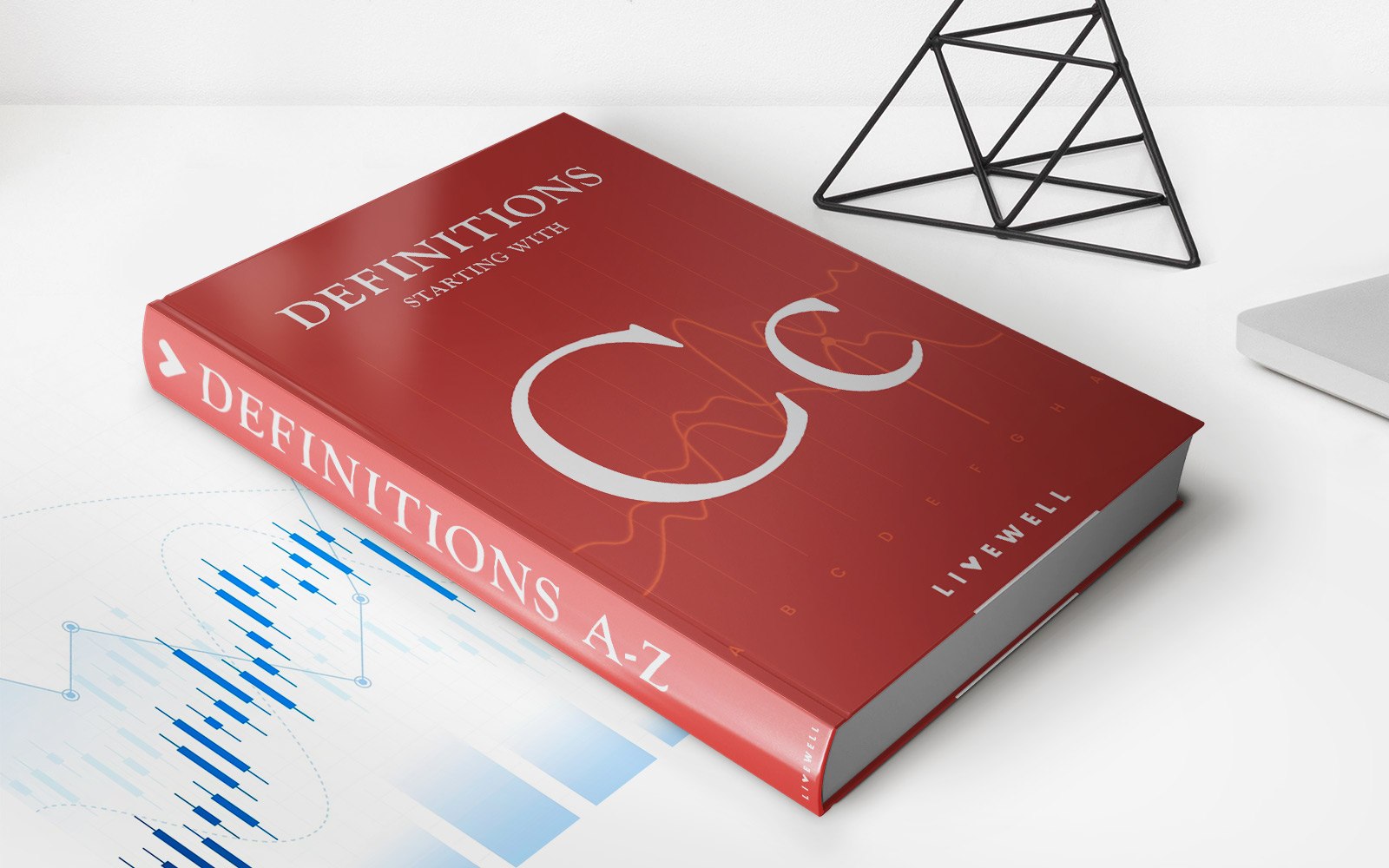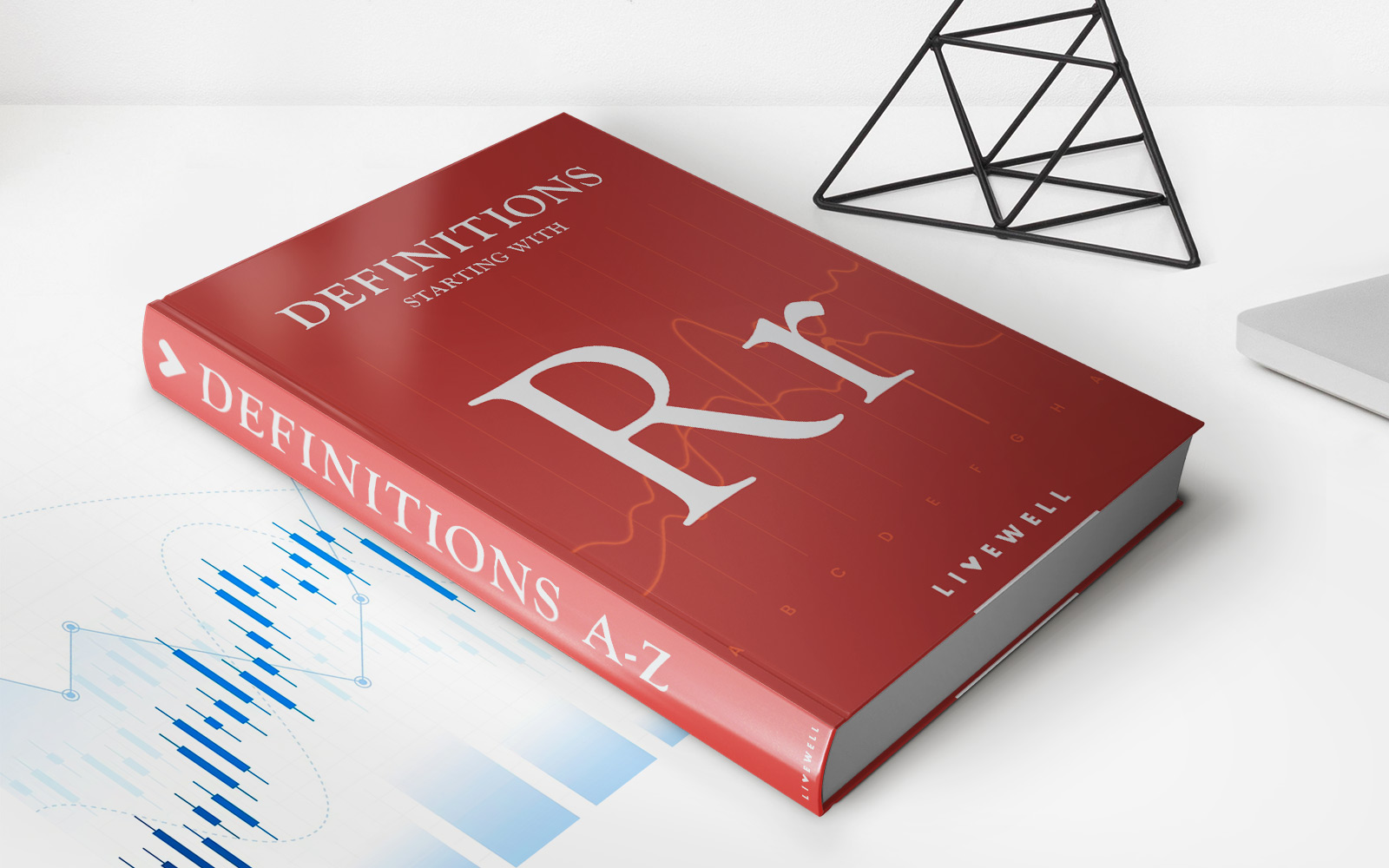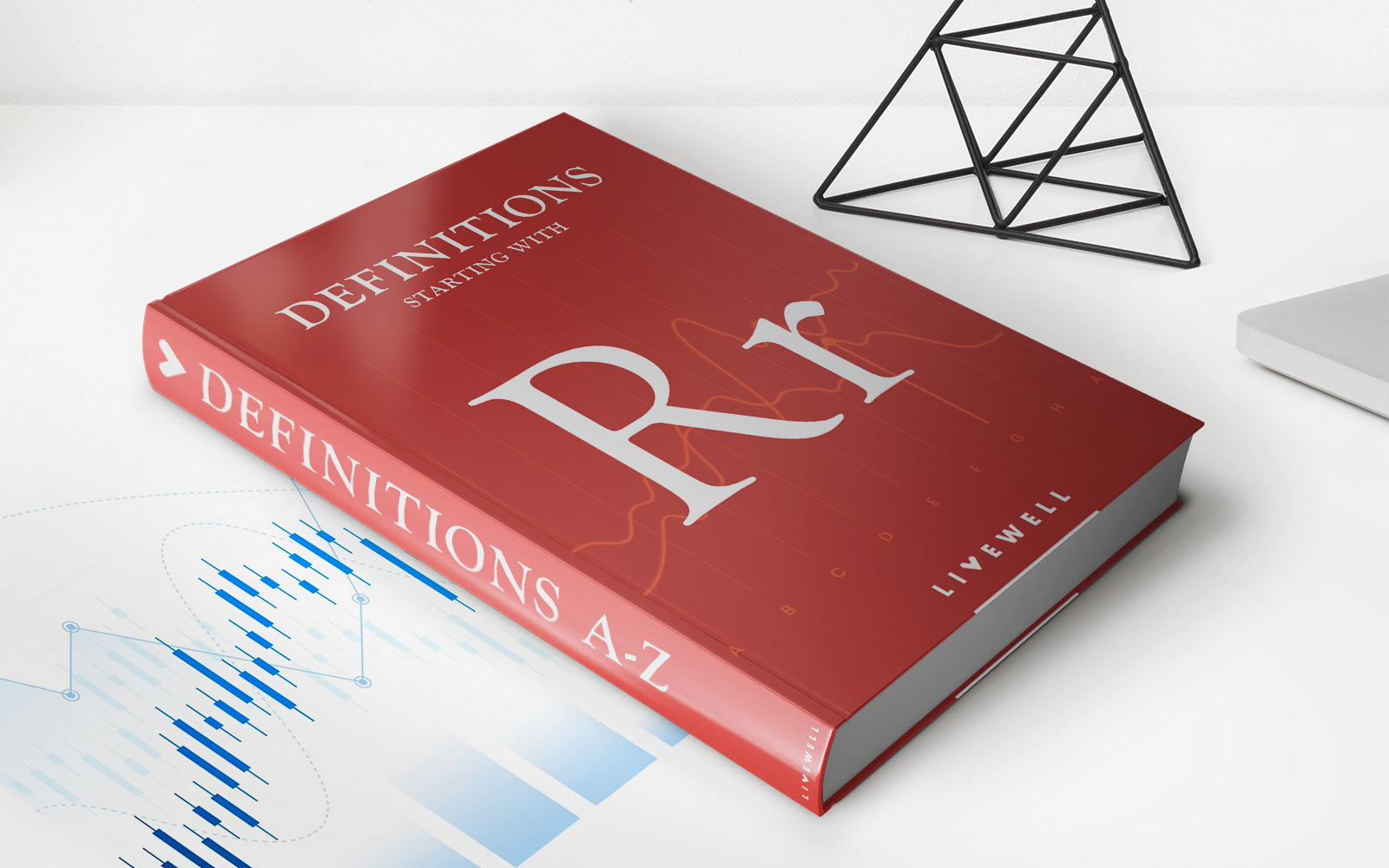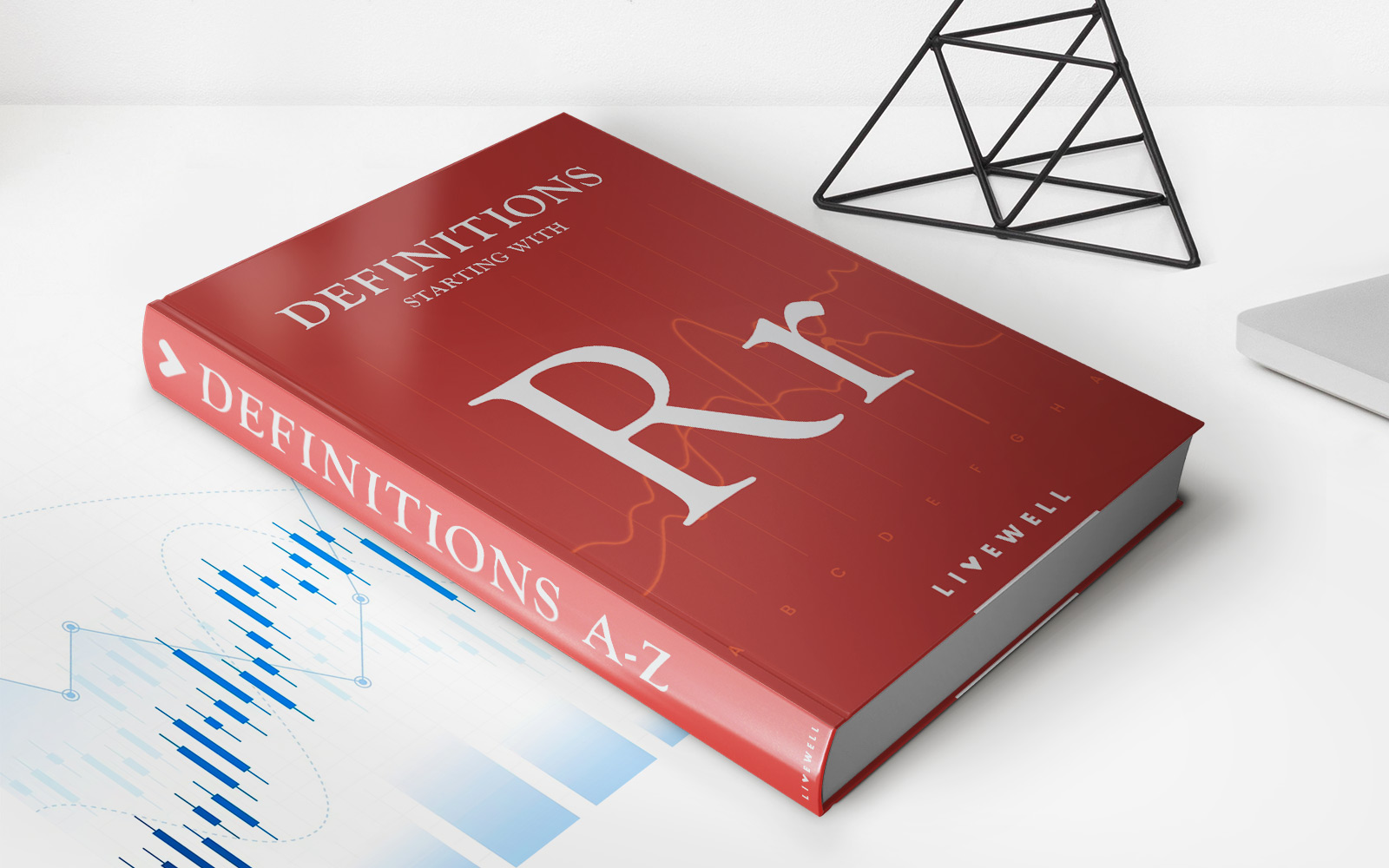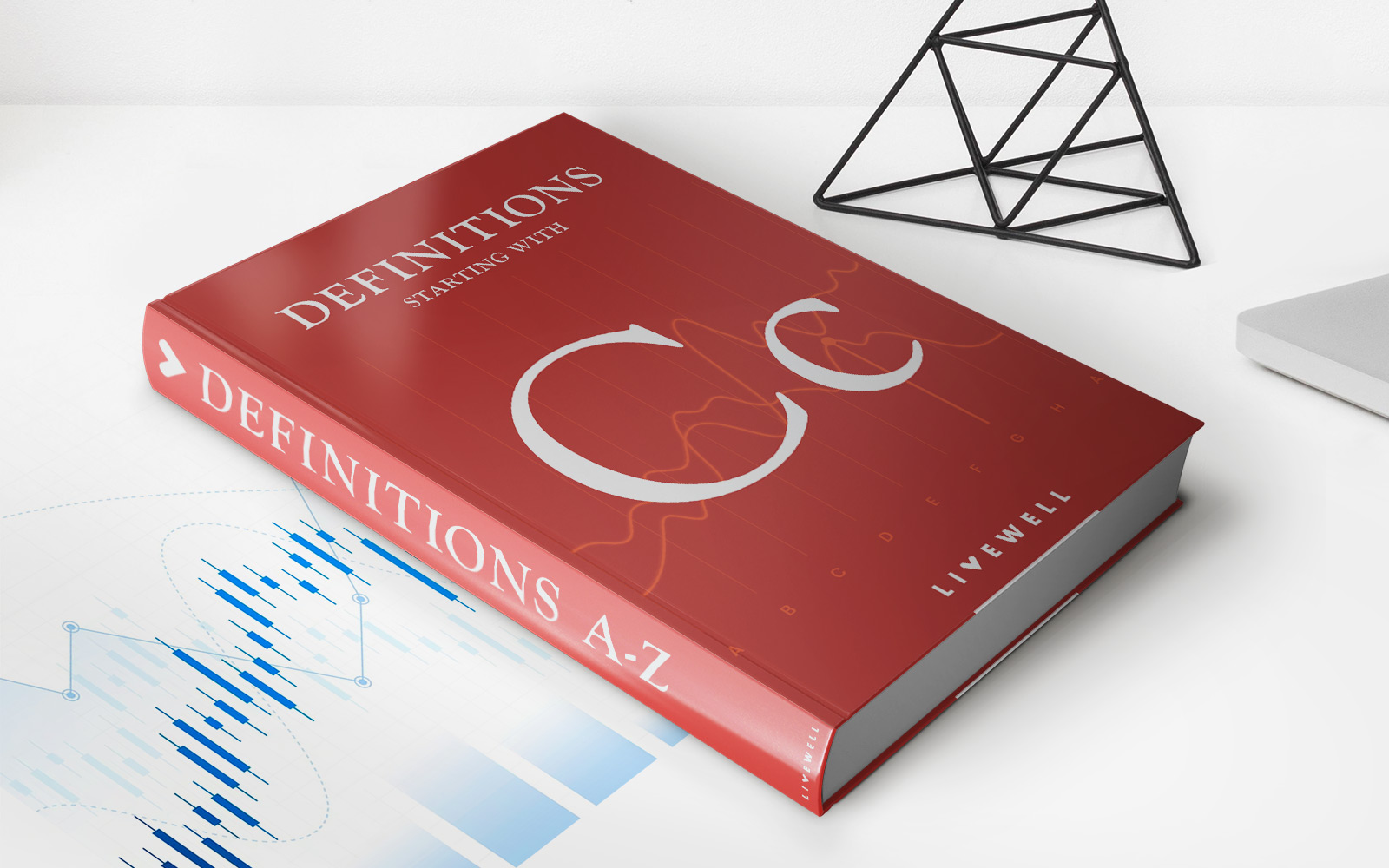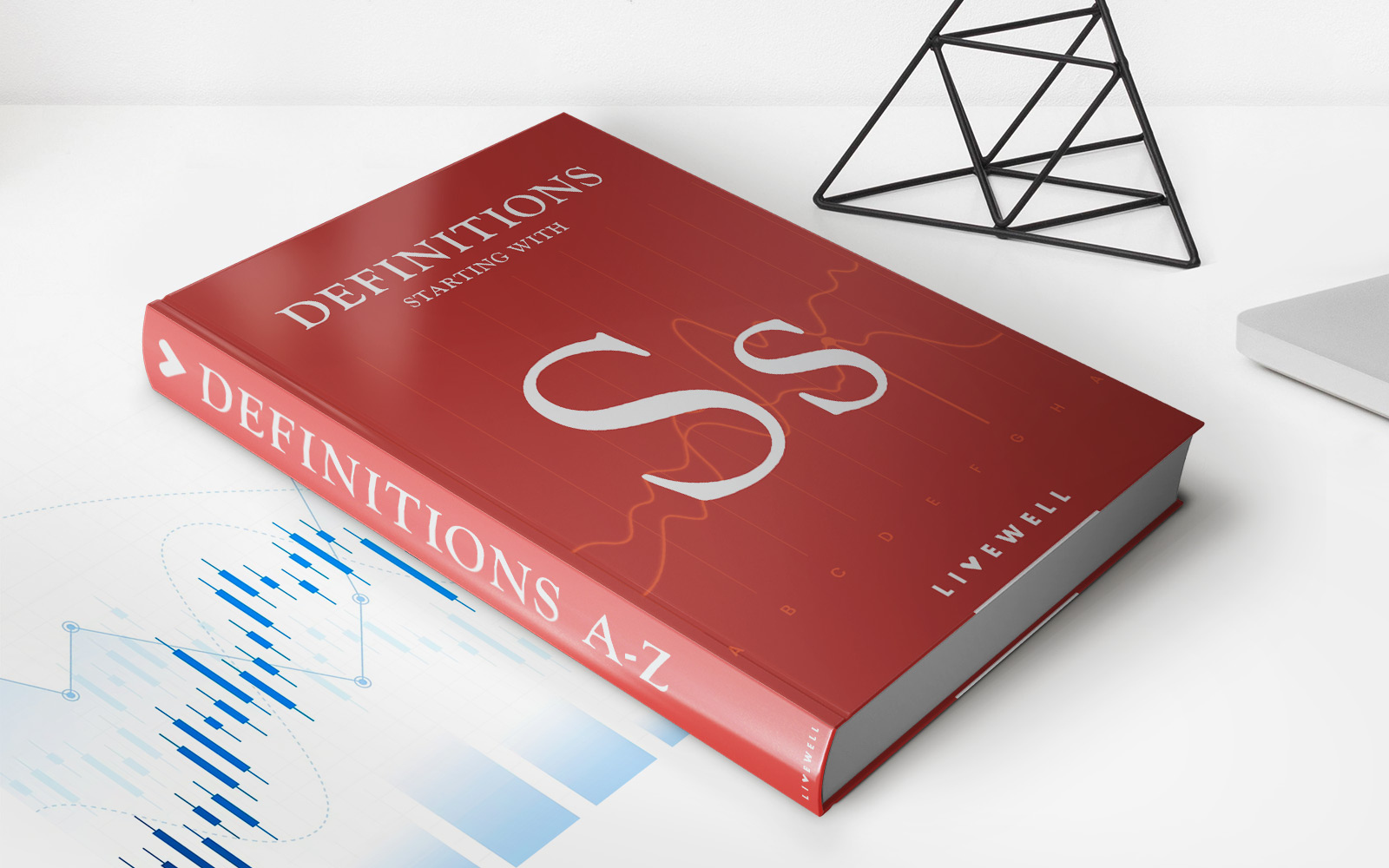

Finance
Solow Residual: Definition, Example, Vs. TFP
Published: January 31, 2024
Learn the definition and example of Solow Residual in finance, and understand its comparison with Total Factor Productivity (TFP). Find out how these concepts impact economic growth.
(Many of the links in this article redirect to a specific reviewed product. Your purchase of these products through affiliate links helps to generate commission for LiveWell, at no extra cost. Learn more)
The Solow Residual: Unleashing the True Power of Economic Growth
Have you ever wondered what drives economic growth? What are the factors that contribute to the expansion and development of a nation’s economy? These questions have perplexed economists for decades. One concept that attempts to shed light on this phenomenon is the Solow Residual, also known as Total Factor Productivity (TFP).
Key Takeaways
- The Solow Residual is a measure of economic growth not accounted for by capital and labor inputs.
- It represents the technological progress, efficiency improvements, and other factors that cannot be quantified using traditional inputs.
The Solow Residual, named after Nobel laureate Robert Solow, is the portion of economic growth that cannot be explained by the accumulation of capital and the growth of the labor force. It represents the technological progress, efficiency improvements, and other factors that cannot be easily quantified using traditional inputs. In essence, it captures the mysterious “X factor” that propels economic growth forward.
To understand the Solow Residual, let’s break it down into its constituent parts:
- Capital Accumulation: This refers to the increase in a nation’s stock of physical capital, such as machinery, buildings, and infrastructure. It is an important driver of economic growth, as more capital allows for increased production and productivity.
- Labor Force Growth: This refers to the growth in the number of workers available to contribute to the production process. More workers can lead to increased output and economic growth.
- Solow Residual: This is the portion of economic growth that is not explained by changes in capital and labor inputs. It represents the effects of technological progress, innovation, managerial efficiency, and other unobserved factors. In other words, it captures the “magic” that allows economies to grow beyond what can be accounted for by traditional inputs alone.
Let’s consider an example to illustrate the concept of the Solow Residual. Suppose two countries, Country A and Country B, start with identical levels of capital and labor inputs. However, Country A experiences faster economic growth than Country B over a certain period. The difference in growth rates can be attributed to the Solow Residual, which represents the intangible factors fueling Country A’s superior performance.
It is important to note that the Solow Residual is closely related to Total Factor Productivity (TFP). TFP is another measure of economic efficiency that captures the overall productivity of all inputs, including capital, labor, and technology. However, the Solow Residual specifically focuses on the unexplained portion of TFP, delving into the underlying factors that contribute to economic growth.
In Conclusion
The Solow Residual is a powerful concept in economics, as it helps us unravel the mystery behind economic growth. By going beyond the traditional inputs of capital and labor, it quantifies the effects of technological progress, efficiency improvements, and other unobserved factors that drive economic expansion. The Solow Residual allows us to understand and appreciate the true power of growth, offering economists valuable insights into the drivers of prosperity and progress.
